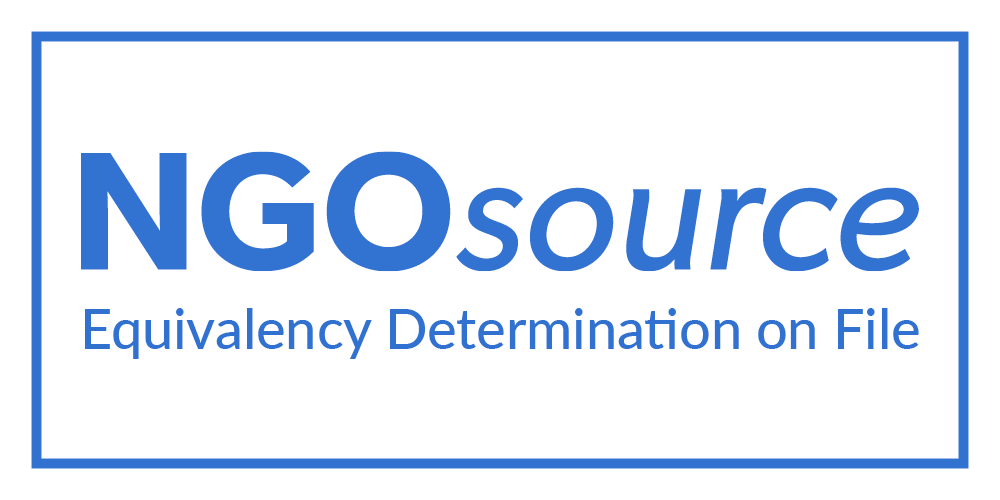Government Razes Crops in the Unrecognized Villages
On 14 February 2002, the Israel Land Administration (ILA) destroyed approximately 12 square kilometers of crops planted by Palestinian Bedouin residents of the unrecognized villages in the Naqab (Negev). Under orders from the ILA, planes sprayed toxic chemicals over crops in the unrecognized villages of Abda, Al-Arakib, Al-Fukhari, Em Batin, Kherbet El-Watan, Mkeman, Sawa and Ujan. The ILA, which acts under the authority of Minister of National Infrastructure Avigdor Lieberman, claimed that the crops had been planted illegally on state-owned land.
The plan to raze the crops appeared in Ha’aretz on 23 January 2002 and Kul Al Arab, an Arabic newspaper in Israel, on 25 January 2002. On 29 January 2002, Adalah sent a letter to Yakov Efrati, Director-General of the ILA, demanding that he reject the plan to raze the crops on the grounds that it violated state law. In the letter, Adalah Staff Attorney Morad El-Sana argued that should the ILA discover any illegal planting, it must address the issue through legal means. On 30 January 2002, Adalah received a response from the ILA in which they asserted that they have not razed crops in the past and that they have no intention of doing so in the future.
Two weeks later, the ILA proceeded with the destruction of the crops despite their assertion to the contrary. On the morning of 14 February 2002, the ILA ordered the dispersion of toxic chemicals over the crops. A large number of security officers accompanied the planes in order to quell any protests from the residents of the unrecognized villages. Later that day, Adalah sent a second letter to the ILA, arguing that the destruction of crops constitutes a gross violation of the rights of the owners. Further, Adalah Field Researcher Salim Abu-Medeghem reports that the toxic chemicals endanger the lives of the citizens who live in the affected areas, including the unrecognized village of Kherbet El-Watan, where planes sprayed directly over a school.
More than 60,000 Arab Bedouins live in the Naqab in unrecognized villages. These villages, of which there are tens located throughout the country, became illegal as a result of the enactment of the National Planning and Building Law (1965) when the lands on which they sit were retroactively re-zoned as non-residential and partial ownership was claimed by the state. Although most of the unrecognized villages existed before the establishment of the state, they are afforded no official status: they are excluded from government maps, they neither have local councils nor belong to other local governing bodies, and they receive little to no government services such as electricity, water, telephone lines, educational and health facilities. The government refuses to allow any physical infrastructure development in these villages, thus prohibiting the building and repairing of homes and the construction of paved roads and proper sewage facilities in these communities. New construction requires a permit from the government; however, without a local council, the residents do not have an office from which to request a permit. Consequently, any new construction by the residents is declared illegal and potentially targeted for demolition. For more information on the unrecognized villages, see The Bedouin of the Negev, by Penny Maddrell (London: Minority Rights Group, 1990).












